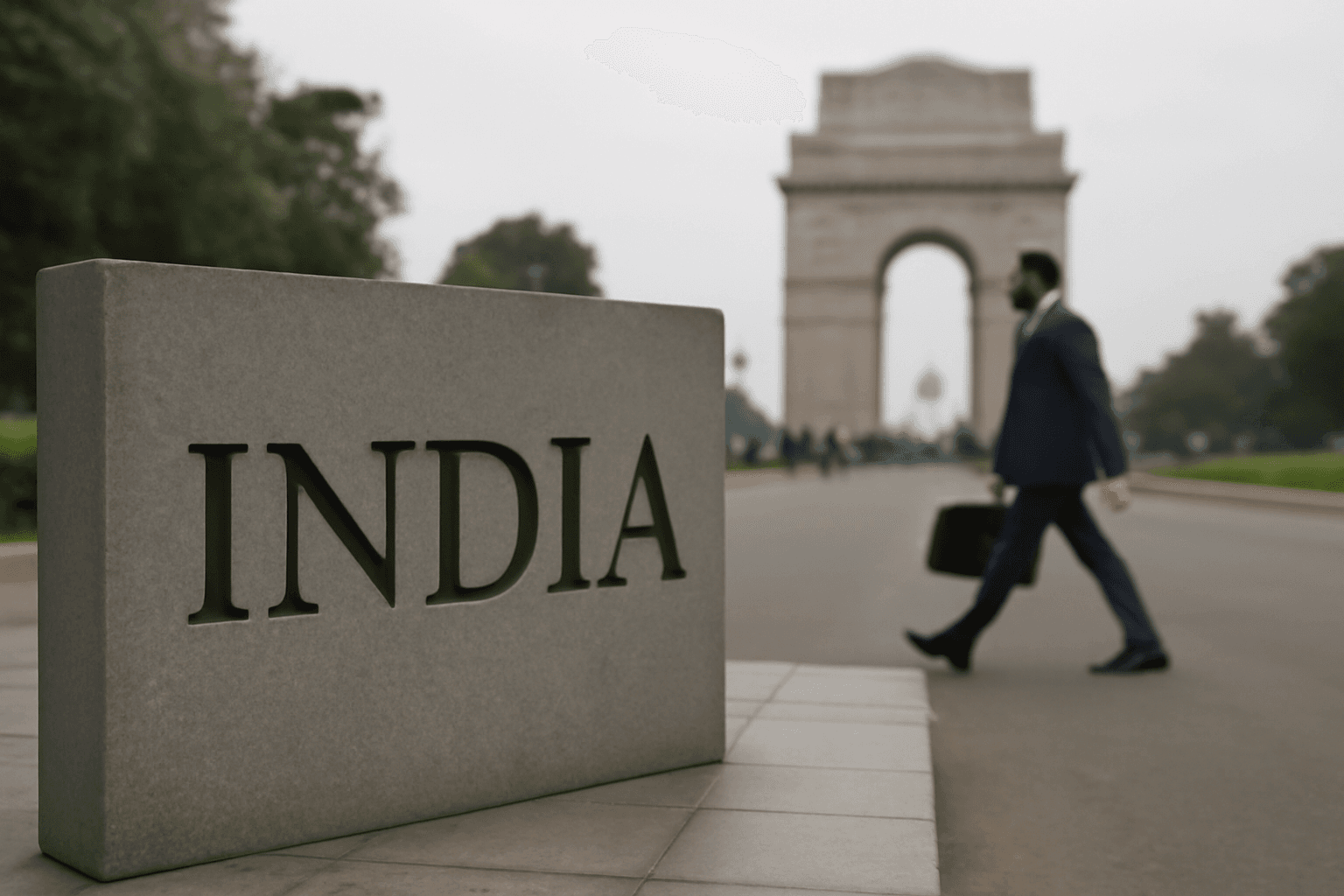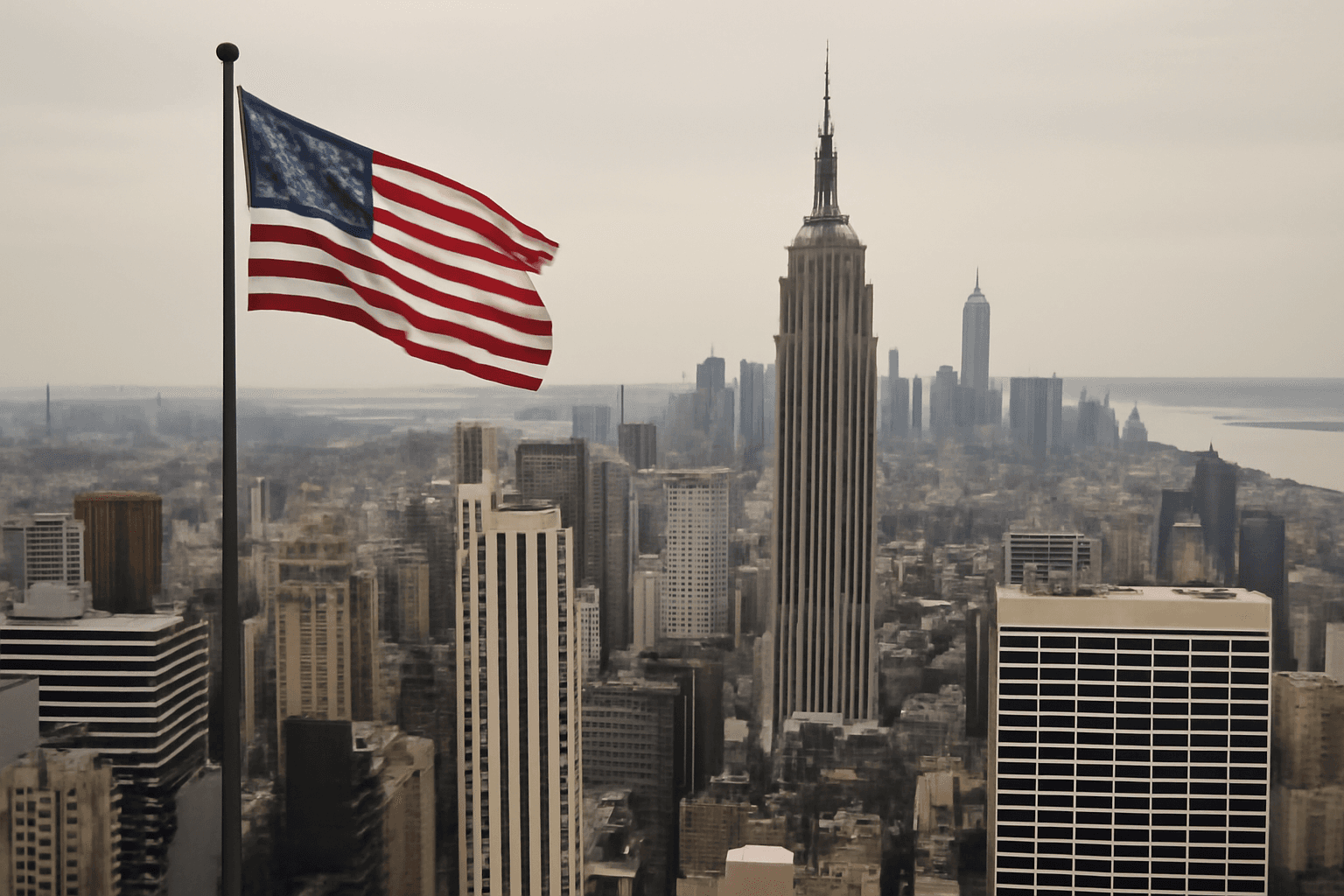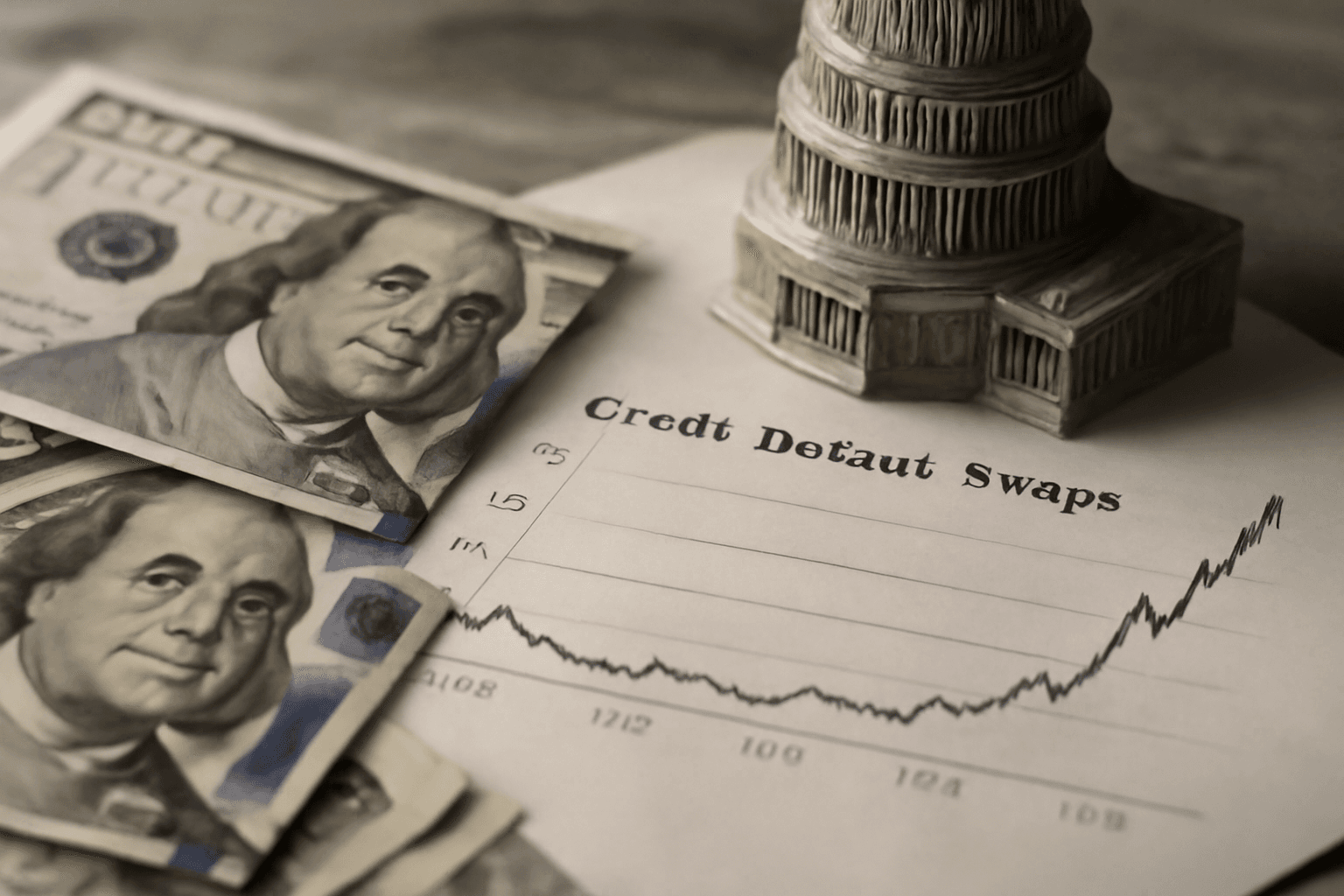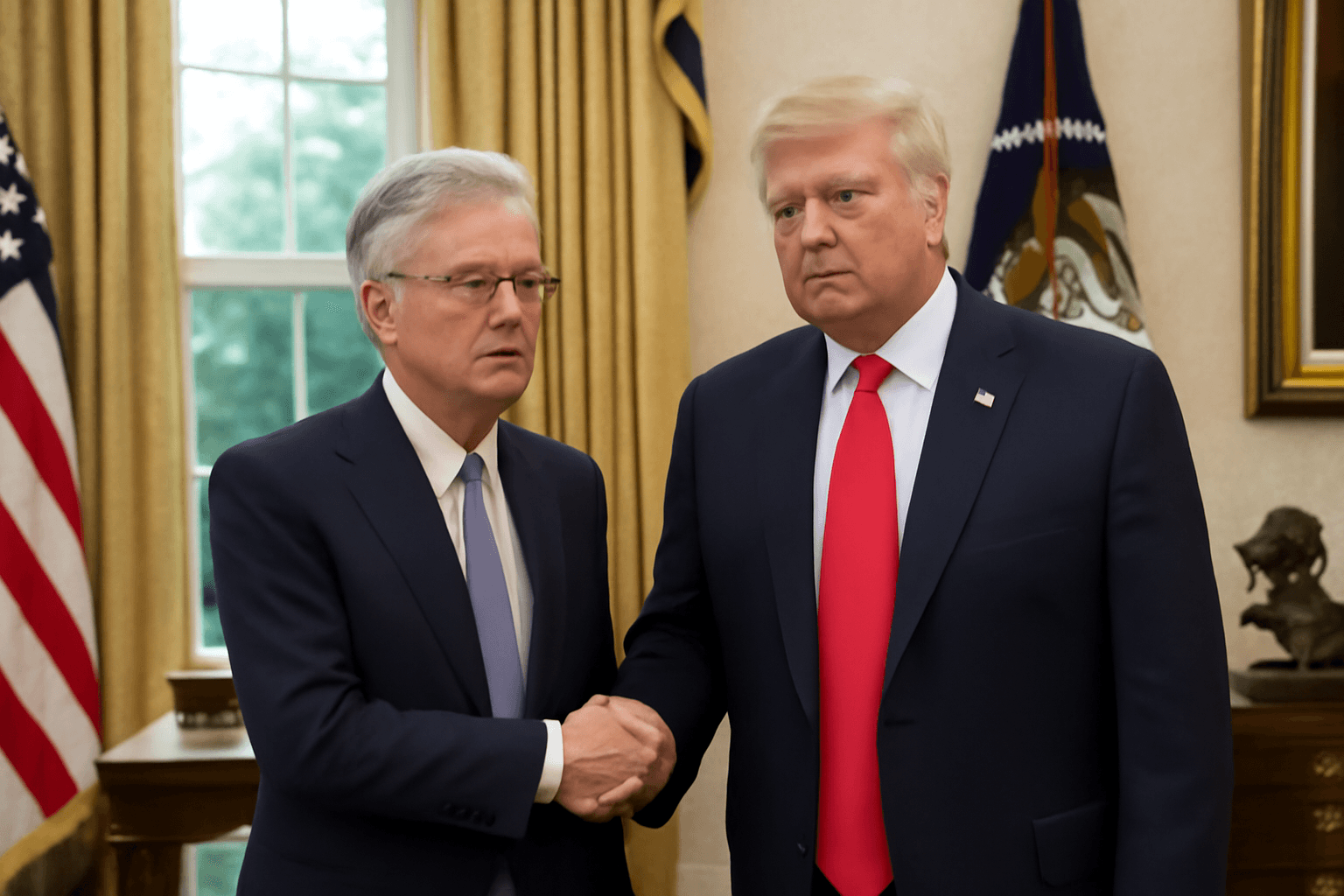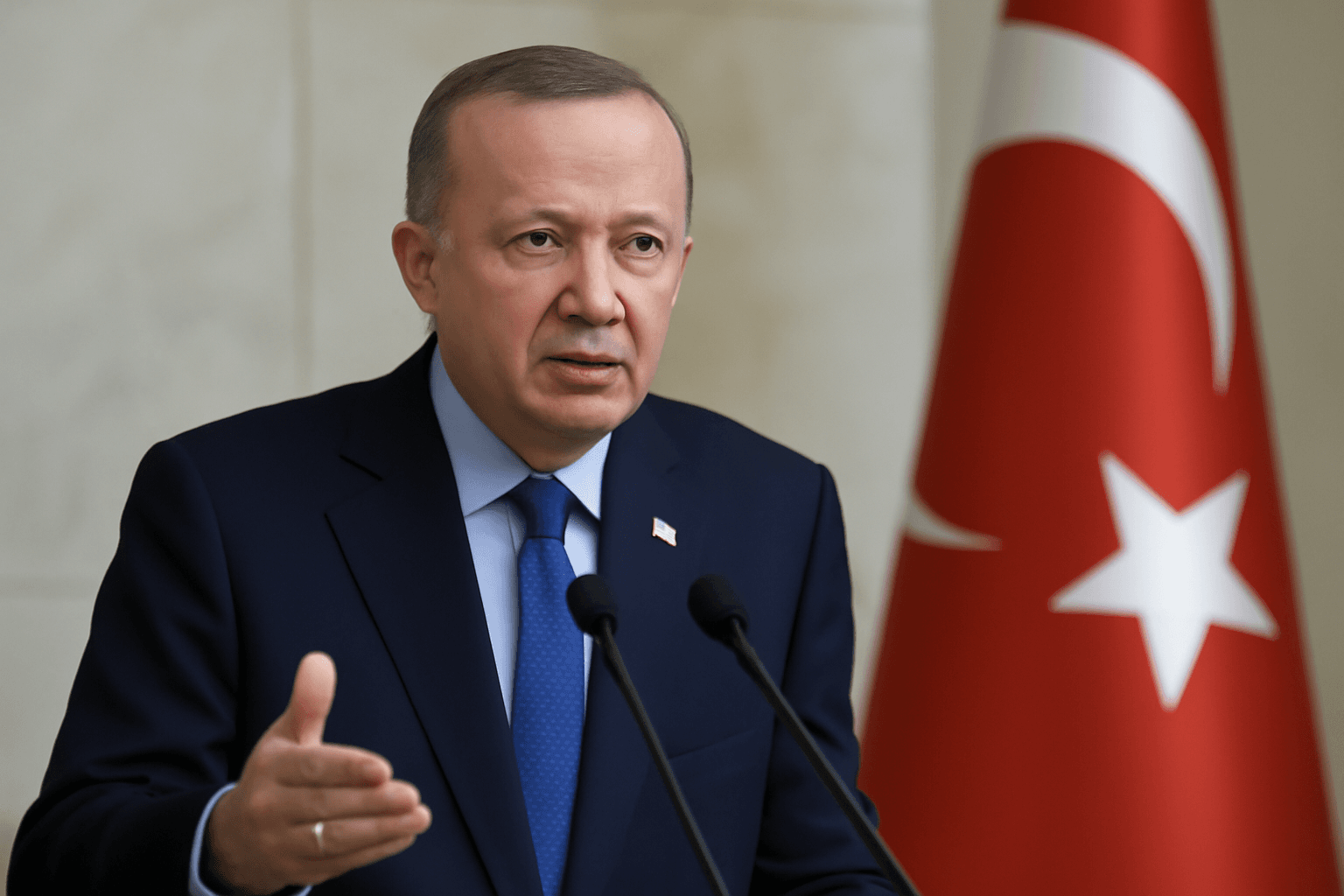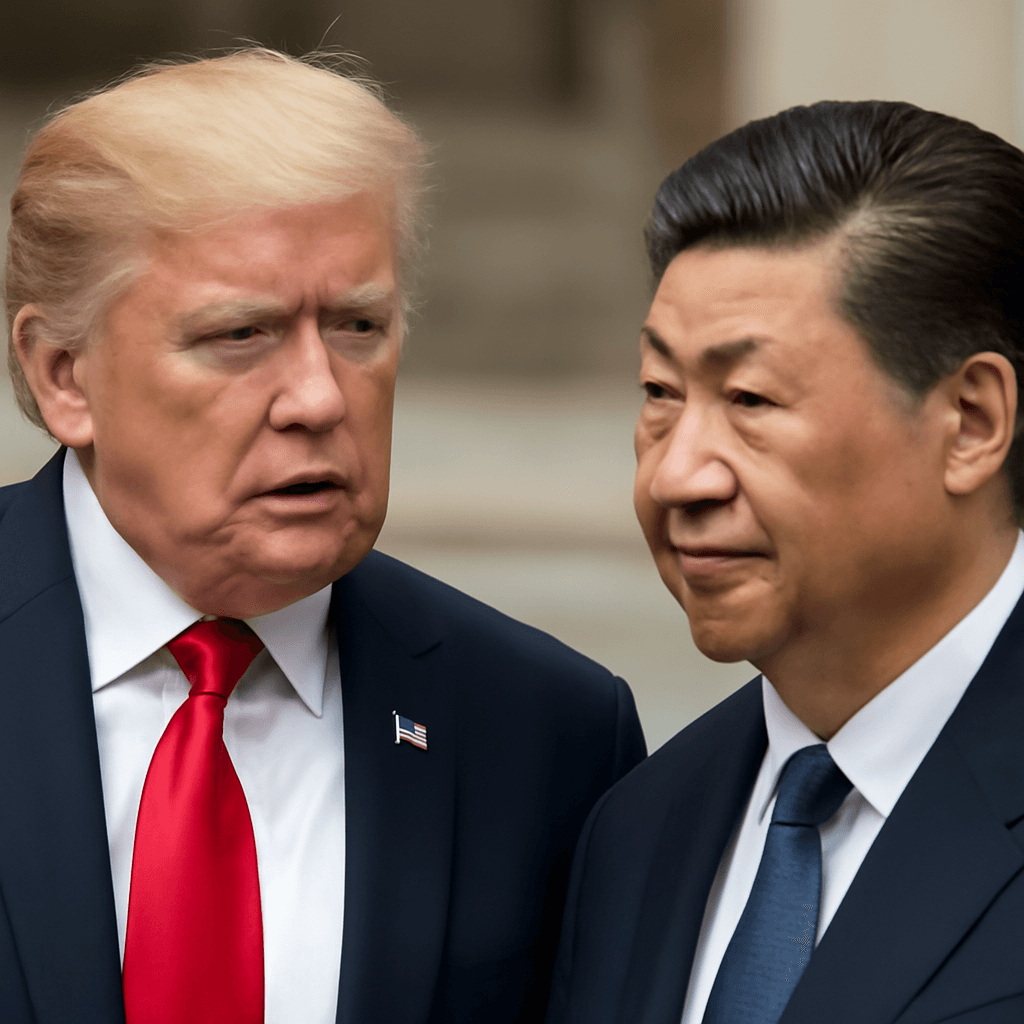India's Inflation Dips to Lowest in Over Four Years
India's headline inflation eased to an unexpectedly low 2.82% year-on-year in May, marking the softest reading since February 2019. This data, released by the Ministry of Statistics and Programme Implementation, came in below market expectations of 3%, reflecting a significant slowdown in price pressures.
Food Prices Lead the Decline
The easing was primarily driven by a sharp slowdown in food inflation, which fell to 0.99% in May from 1.78% in April. Vegetable prices notably declined by 13.7%, while cereal prices rose moderately by 4.77%. This drop in food costs played a major role in tempering overall inflation.
Monetary Policy Shifts as Inflation Softens
Amid this cool-down in inflation, the Reserve Bank of India (RBI) has taken a more accommodative stance by easing monetary policy. Just last week, the RBI surprised markets with a substantial rate cut, lowering its benchmark repo rate by 50 basis points to 5.50%. This is the third consecutive rate reduction since February, signaling a clear pivot towards stimulating economic growth.
RBI Governor Sanjay Malhotra highlighted that the decision was influenced by the softening inflation trend combined with economic growth that has so far been "lower than our aspirations," compounded by global uncertainties.
Economists Anticipate Further Rate Cuts
Economists from Nomura forecast a sustained subdued inflation at around 3.3% for the fiscal year 2026, thanks to easing commodity prices, slowing economic activity, and an influx of affordable Chinese imports. They anticipate two additional repo rate cuts of 25 basis points each in October and December, potentially bringing the terminal rate down to 5%.
Economic Growth Outpaces Expectations
India’s economy surprised on the upside, expanding faster than expected recently with growth exceeding the 6.7% forecast by economists. For the full fiscal year 2025, the growth aligned closely with government projections, and the RBI remains optimistic about a robust 6.5% expansion through March 2026.
Ongoing Trade Talks with the U.S.
Meanwhile, India is navigating trade tensions as it faces a potential 26% tariff on its exports to the United States. Efforts to secure a bilateral trade agreement ahead of a July deadline are underway. Early discussions reportedly focus on improving market access for industrial and select agricultural products, alongside reducing tariffs and non-tariff barriers.
Looking Ahead
With inflation easing and economic growth holding steady, India appears positioned for a period of monetary support aimed at invigorating its economy amidst global uncertainties. Watchers will be closely monitoring how these policy measures, trade negotiations, and external factors influence the trajectory in the months to come.





